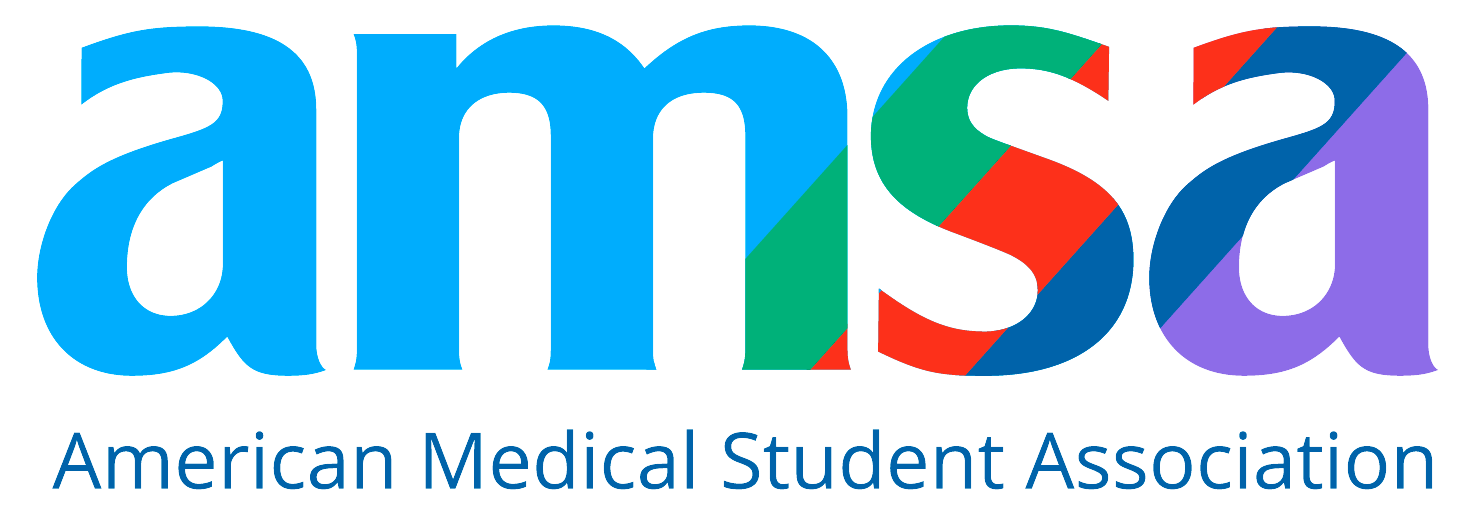COMLEX Level 1 Guide 2025: Format, Blueprint, Timing, and Prep Tips
Go-Elective Abroad
COMLEX Level 1 Guide 2025: Format, Blueprint, Timing, and Prep Tips
What COMLEX Level 1 is
COMLEX Level 1 is the first licensure exam for DO students in the United States. It assesses foundational biomedical science, clinical problem solving, and osteopathic principles and practice. Many schools require a passing result to progress and you need it for residency eligibility.
Who takes it and when
Most DO students sit for Level 1 after completing preclinical coursework, typically near the end of second year, once their school confirms eligibility. Register early so you can choose a comfortable testing window.
Looking for a premed internship, medical elective or residency abroad? Inquire here.
Exam format at a glance
- Computer based, taken in a single day
- About nine hours total, including tutorial and breaks
- Eight sections of multiple choice questions, roughly 44 questions per section
- Two sessions of about four hours each
- A pooled 60 minutes of break time that you can split across scheduled breaks
How the blueprint works
Level 1 questions are organized across two NBOME “dimensions.”
Dimension 1: Competency domains
Application of knowledge for osteopathic practice, osteopathic principles and manipulative treatment, patient care and procedural skills, practice based learning and improvement, professionalism, interpersonal and communication skills, and systems based practice.
Dimension 2: Clinical presentations
Presentations drawn from major systems and patient contexts, including musculoskeletal, respiratory, cardiovascular and hematology, gastrointestinal and nutrition, genitourinary and renal, nervous system and mental health, endocrine and metabolism, integumentary, human development and reproduction, and community health and wellness.
Registration and scheduling
- Create or update your NBOME account
- Confirm school eligibility for Level 1
- Pay the exam fee and schedule at an available site and date
- Watch for confirmation email with what to bring and arrival instructions
Seats can fill quickly, so plan well in advance of your target month.
Smart study plan
I. Map the timeline
Pick a date that follows core systems and leaves time for review and full length practice.
II. Build weekly routines
Use active recall, spaced repetition, and mixed question sets. Track weaknesses by system and competency.
III. Practice like it is test day
Do timed blocks and full simulated days. Rehearse how you will use the pooled 60 minute break.
IV. Learn the interface
Try the tutorial and sample items so navigation is automatic on exam day.
V. Use self assessments
Periodically check readiness with practice exams to guide what you review next.
VI. Reflect and summarize
Turn misses into brief takeaways you review twice a week.
Exam day checklist
- Government issued photo ID
- Comfortable layered clothing and a simple snack plan for the longer lunch break
- Know the route, arrive early, and plan hydration around break windows
- Use the section review screen before you end each block; you cannot return to a completed block
FAQs
#1. Is Level 1 pass or fail
Yes. Level 1 reports as pass or fail.
#2. How many questions are there
Expect eight sections of single best answer questions, roughly 44 per section.
#3. How long is the test
About nine hours including tutorial and breaks, with two sessions of roughly four hours each and a pooled 60 minutes for breaks.
#4. When should I schedule
Most students test after preclinical coursework and before or early in clinical year. Choose a window that aligns with your school calendar and study progress.
#5. How many retakes are allowed
Retake rules and waiting periods are set by NBOME and can change. Check the current NBOME policy before you plan additional attempts.
Strengthen clinical reasoning with real experience
Patient contact and reflective practice make vignettes feel familiar and improve your essays and interviews later. If you want mentored, small cohort clinical exposure that builds cultural competence and teamwork, explore Go Elective programs in Kenya and Tanzania.
- Explore: Medical Electives, Pre Health and Pre Med Internships, Residency Electives.
- Next step: Apply or Inquire.
Final thoughts
Level 1 rewards steady preparation. Know the blueprint, train for a full test day, and keep a simple, repeatable routine. With disciplined practice and a clear plan, you can walk in confident and walk out ready for the next step of your DO journey.
Article Details
Categories
Recent Articles , Pre-health, Medical Electives, MCAT/MSAR/USMLE, Med Schools, Residency,
Author: Go-Elective Abroad
Date Published: Sep 15, 2025
Travel with us.
Inquire Today!
Go Elective offers immersive opportunities for medical students, pre-med undergraduates, residents, nursing practitioners, and PAs to gain guided invaluable experience in busy hospitals abroad. Discover the power of study, travel, and impact.






